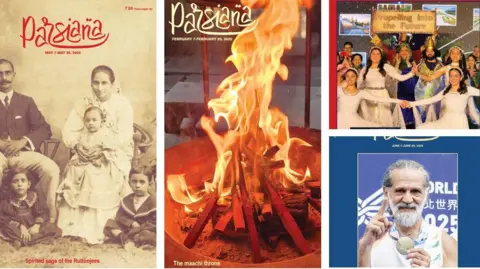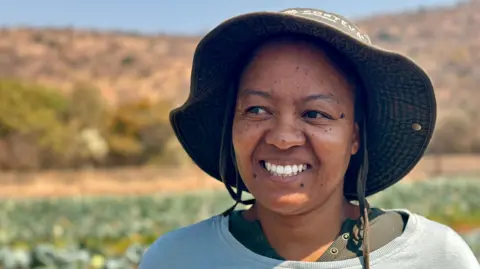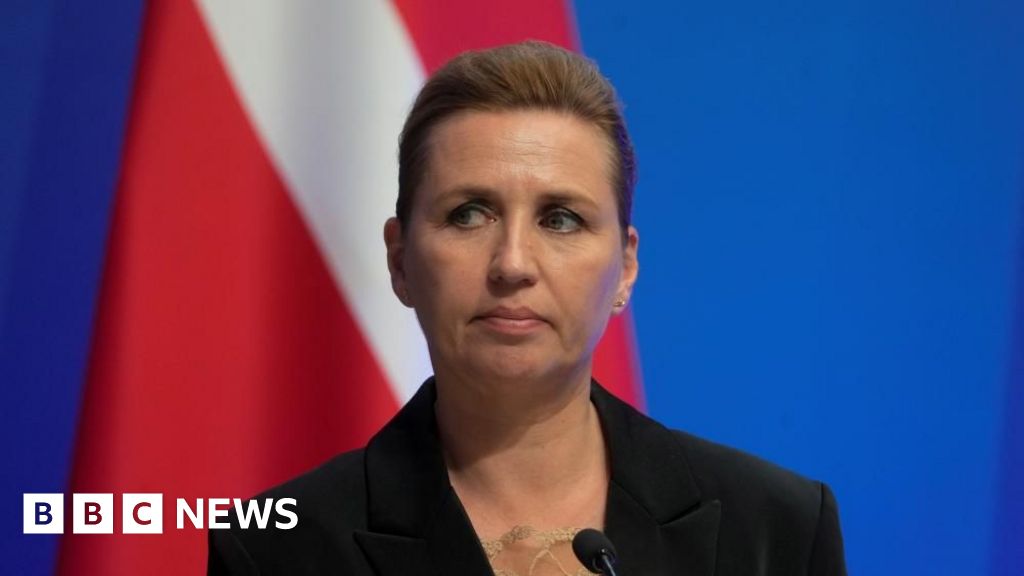Vineet Sawant has spent the last two years as a delivery driver in the bustling streets of Mumbai. For Mr. Sawant, navigating the hectic roads is often a source of stress, but in his early days, the added challenge of language barrier made the job even more difficult. Fluent in Marathi but struggling with English, Mr. Sawant faced hurdles when trying to understand delivery instructions provided in a language he found challenging. “At first, it was difficult… I used to ask other delivery guys for help,” he recalls.
Understanding the ripple effects of language barriers, Zepto, a grocery delivery service, took action by teaming up with Reverie Language Technologies. This collaboration led to the launch of an AI translation service that allows drivers like Mr. Sawant to access delivery information in six languages through the app. “Now, if the customer writes ‘ring bell’, I get that instruction in Marathi,” Mr. Sawant explains, emphasizing the boost in clarity and efficiency.
India's linguistic diversity includes 22 official languages and numerous dialects, making effective communication in tech imperative. Professor Pushpak Bhattacharyya, an authority on AI in Indian languages, underscores the technological gap: “Without tech that understands and speaks these languages, millions are excluded from the digital revolution.” The surge in generative AI tools, such as ChatGPT, emphasizes the urgency of this task.
However, challenges remain, especially around the availability of quality data needed for developing language models. While some data is accessible, many regional dialects lack the necessary digital resources. Reverie's co-founder Vivekananda Pani warns, “translation technology will simplify communication, but less common dialects risk being overshadowed.”
In response to these challenges, the Indian government launched Bhashini, a project aiming to create high-quality datasets essential for training AI across all languages. Bhashini, initiated in 2022, boasts 350 AI language models and has already completed over a billion tasks, facilitating multilingual public service applications.
As Amitabh Nag, CEO of Digital India’s Bhashini Division highlights, the initiative seeks to empower rural users through voice-activated access to essential services in their native tongues. The hope is to enrich AI capabilities to ensure they reflect India’s heartbreaking cultural richness rather than relying on global models.
Additionally, innovative projects like an AI program by Kshitij Jadhav aim to assist individuals in quitting smoking with tailored advice based on their language and communication needs. Early tests are underway in Hindi and English, showcasing the potential for customized AI solutions designed for broader linguistic inclusivity.
As for Mr. Sawant, the improved translation feature has significantly increased his delivery efficiency, allowing him to handle up to 30 parcels a day. “It makes us feel like we belong. When the app speaks our language, we feel more confident, and we work better,” he asserts, illustrating the humanizing effects of technology. Thus, the intersection of AI and language spans beyond mere functionality; it embodies a broader vision for an inclusive digital landscape in India.




















